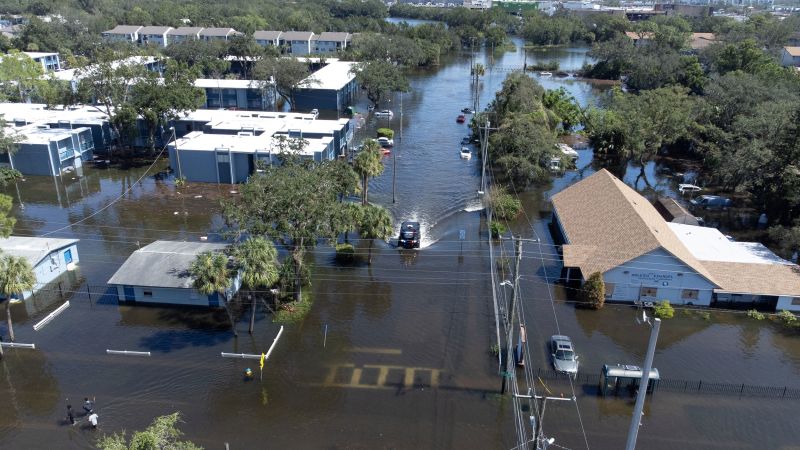Social media creators were observed staying in unsafe evacuation zones during Hurricane Milton in Florida, seemingly for the sake of creating content. Some influencers promoted their decision to stay put during the storm as an opportunity to gain attention and promote their personal brands. Content included TikTok videos showing individuals waiting out the storm in their homes, disregarding mandatory evacuation orders.
Some creators expressed concerns about issues like gas shortages and traffic during evacuations as reasons for not leaving the area. However, their actions were seen as detrimental, as they went against official safety guidance and potentially endangered emergency first responders who may have needed to assist them later on. The trend highlighted how social media can exacerbate dangerous situations, with creators spreading false information alongside flouting safety protocols.
The phenomenon of creators putting themselves in harm’s way to generate content during natural disasters raised ethical concerns and demonstrated the negative impact of social media in such situations. While the internet has the potential to be a platform for sharing valuable safety information and resources, it often brings out the worst in people. Creators were observed prioritizing views and engagement over personal safety and the well-being of others affected by the storm.
Algorithms on social media platforms play a significant role in promoting inflammatory content that generates user engagement, which can influence creators to prioritize sensational content for visibility and financial gain. Platforms like TikTok took measures to discourage dangerous behavior related to hurricanes, but the issue of creators exploiting tragic events for content remained prevalent. Influencers may have been influenced by the traditional model of news organizations sending reporters to extreme weather events for coverage.
Social media users play a role in incentivizing creator behavior during natural disasters by engaging with and supporting content that may be exploitative or insensitive. While real-time footage from creators can provide valuable insights into the impact of a disaster, questions arise about the motivations behind posting such content and the ethics of monetizing traumatic events. Creators operate within a system that pressures them to make difficult decisions about how they engage with tragic events while also ensuring their financial sustainability on social media platforms.













